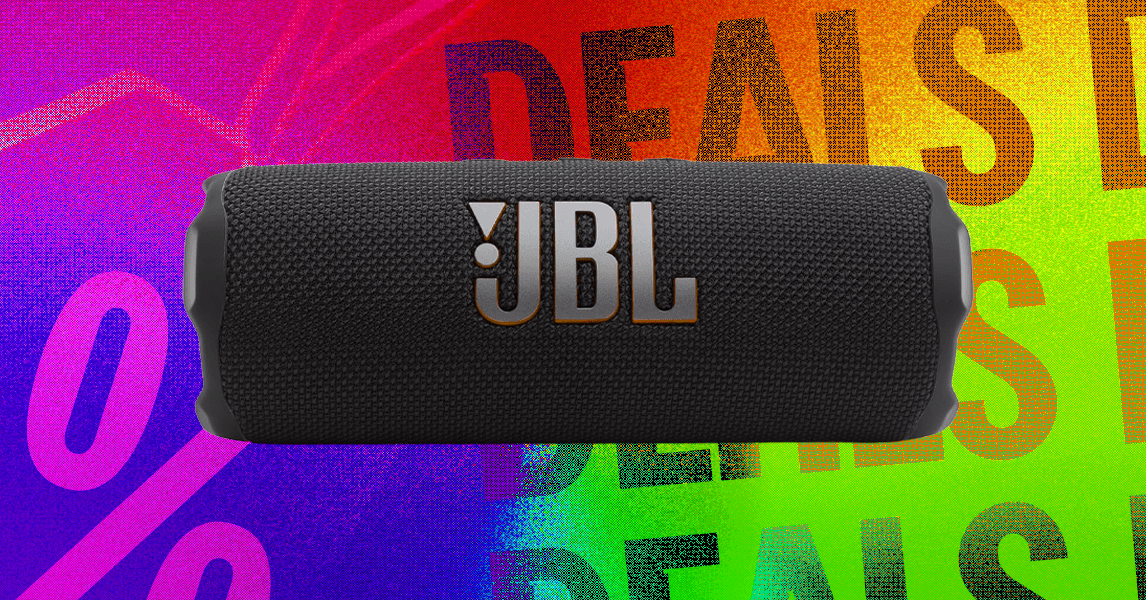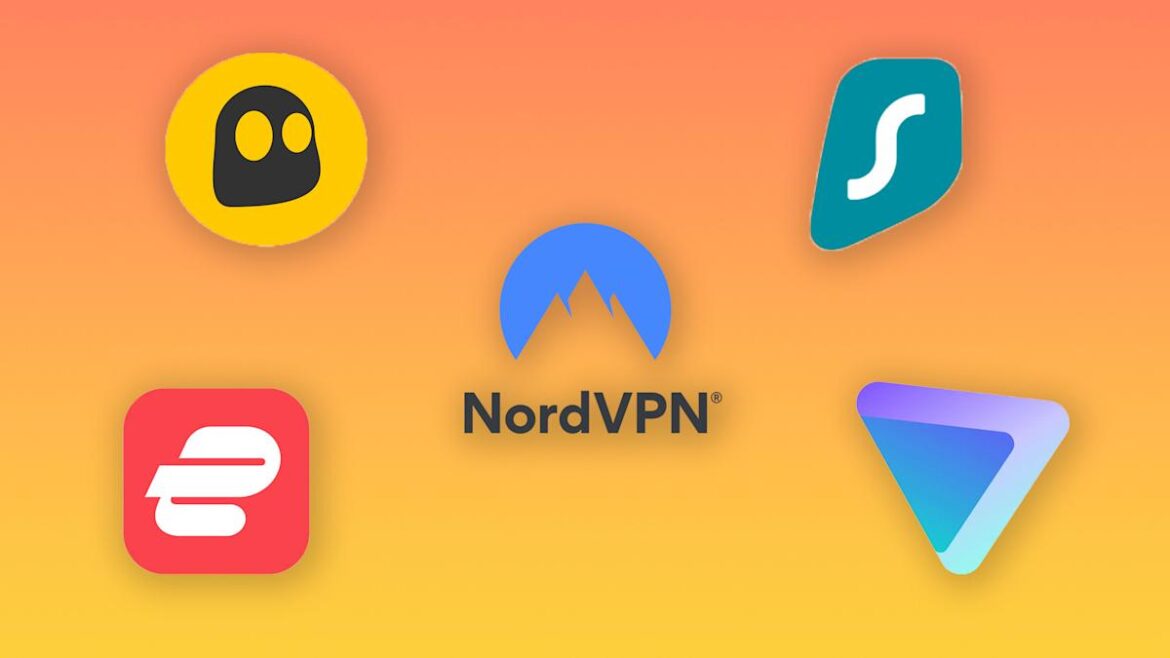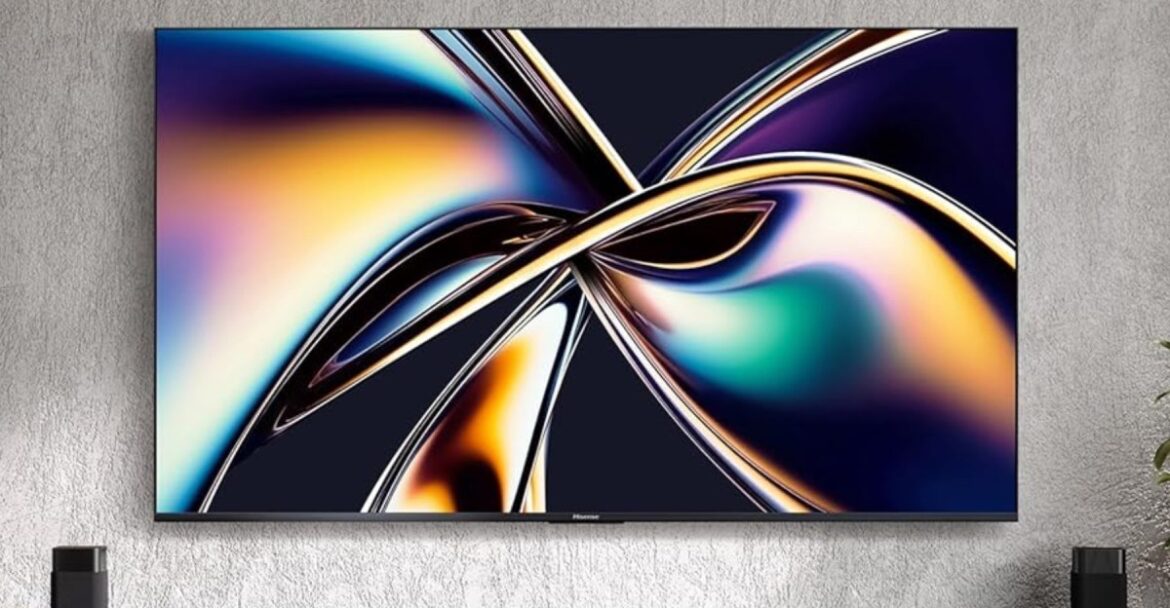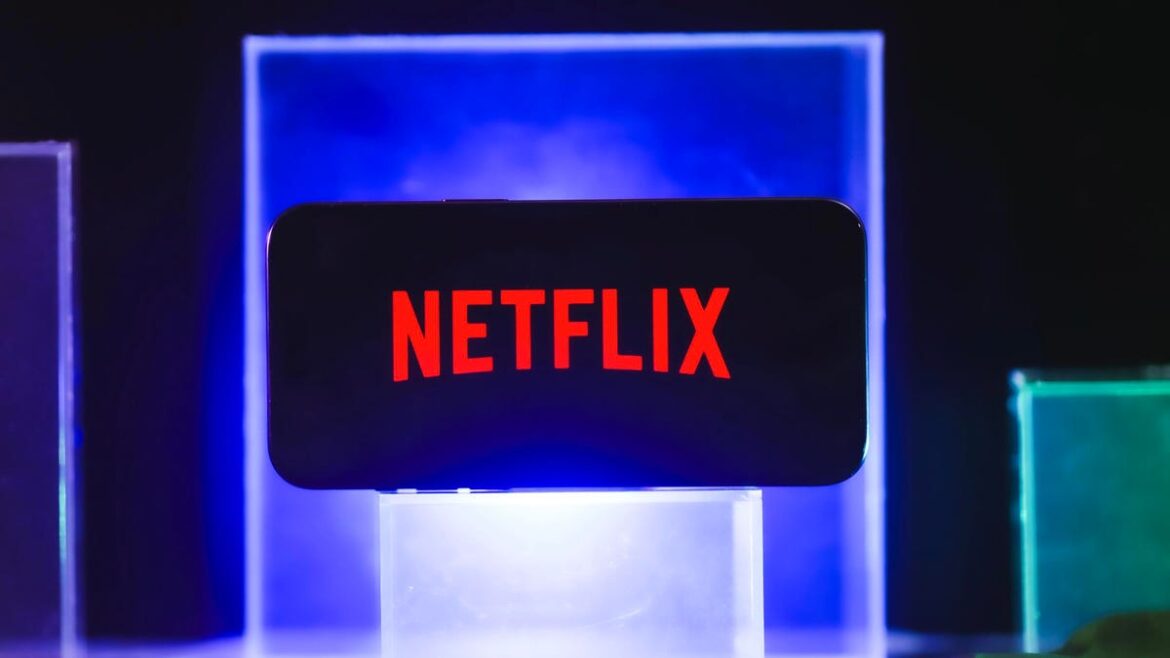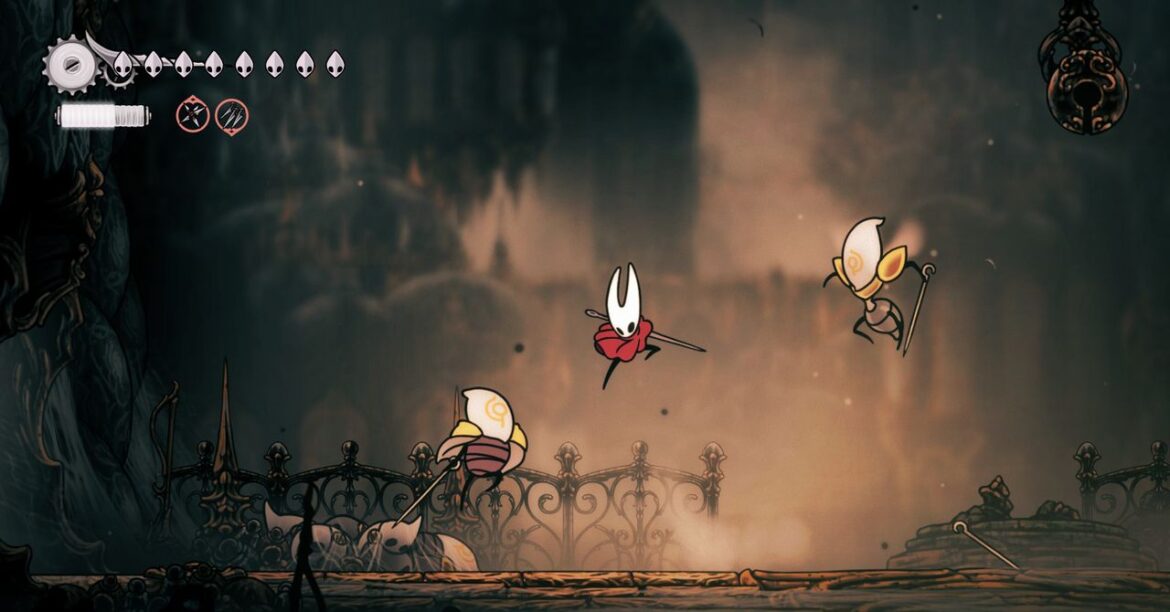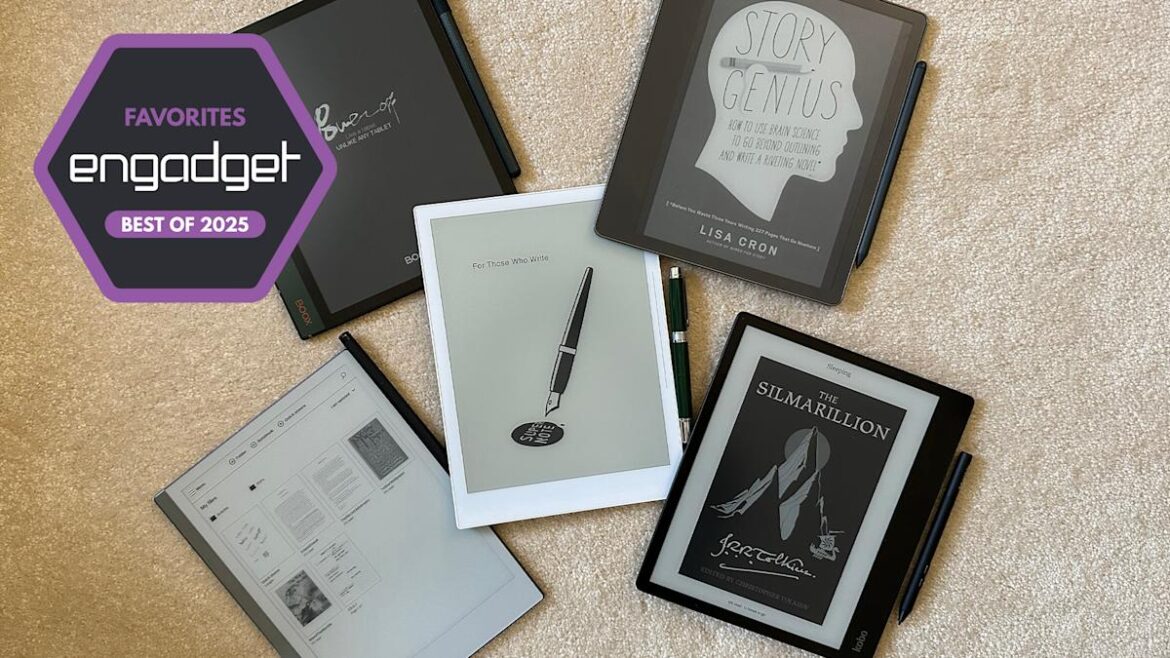Trying to boost the volume at your end-of-summer parties? The JBL Flip 7 (9/10, WIRED Recommends) is discounted by $20 on Amazon, bringing the price down to just $130. That might not sound like a huge discount, but it brings it more in line with its competitors, and temporarily erases the price bump from the previous version.
Photograph: Ryan Waniata
Photograph: Ryan Waniata
Photograph: Ryan Waniata
We’ve given high marks to several rounds of the JBL Flip series speakers, thanks to their great battery life, portable form factor, and impressive volume. JBL upgraded this generation of the Flip with some important upgrades, like a larger battery, improvements to the tweeter, and a detachable strap for when you’re on the move. It’s currently our editors’ favorite Bluetooth speaker, beating out a variety of other great options.
The audio quality is as great as ever, with surprisingly sharp detail for such a small and portable speaker. It’s punchy and bold, with a sound profile that’s designed to stand out even at a crowded backyard barbeque or pool party. While it gets a little distorted at max volume, our reviewer noted that it does get really loud, breaking 75 decibels a few feet away. There’s a mobile app too if you want to tweak the equalizer yourself, or use one of the presets.
It’s sturdy too, with an IP68 weather-resistance rating, which should help it avoid any issues on your beach day with sand or splashing. There are some other minor changes that JBL says improve the shock rating for the speaker, which should help protect it from the bumps and scratches it’ll surely experience on your next adventure.
One downside here is that the JBL Flip 7 switched from the proprietary PartyBoost to the new Auracast system. The upside is better compatibility with other Bluetooth speakers, but it also means older models of the Flip aren’t available for multidevice listening. It’s a good future-proofing feature, but if you aren’t currently looking at a new phone or earbuds, it might not be that exciting.
For just $130, you could do a whole lot worse than the JBL Flip 7, with a great feature set, excellent audio, and all the portability features we’ve come to expect from a premium Bluetooth speaker.

